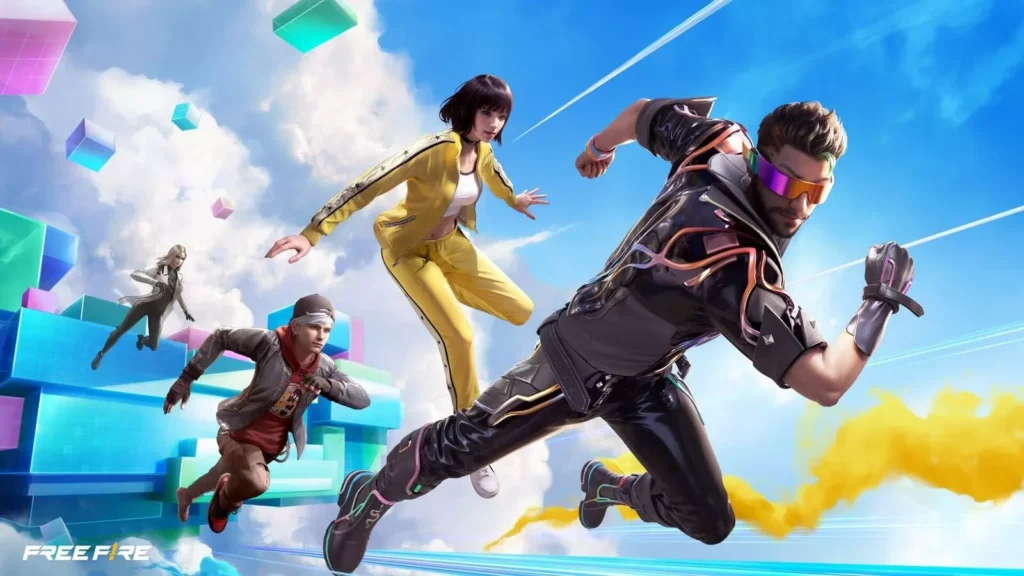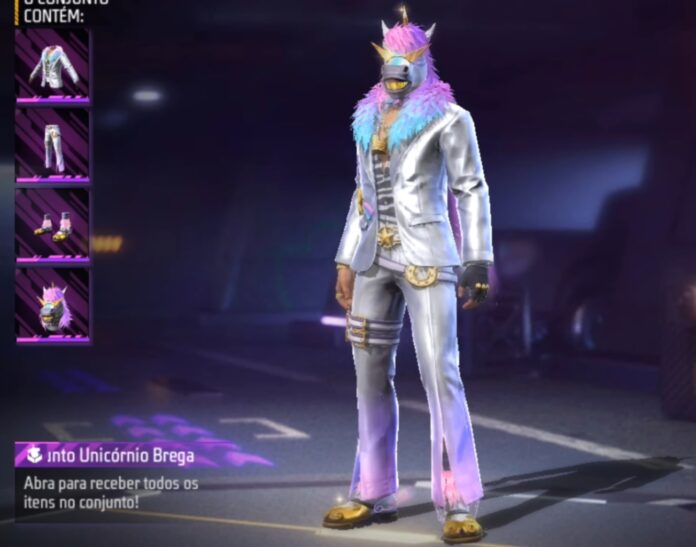The overwhelming success of games like Fortnite, PUBG, and Apex Legends in recent years has led gaming enthusiasts to wonder: what would happen if Free Fire had never been released? How would the Battle Royale scene be today? This retrospective analysis dives into this fascinating hypothesis, exploring the possible changes in the world of games.
Released in 2017 by Garena, Free Fire quickly became one of the most popular mobile games globally. Its intuitive gameplay, graphics optimized for low-performance devices, and accessibility were key to its explosive growth. However, without Free Fire’s existence, the Battle Royale landscape could have transformed significantly, impacting competition, innovation, and the market as a whole.
To better contextualize, think of Free Fire as a catalyst that democratized Battle Royales on mobile. Its absence could have allowed other titles, like PUBG Mobile, to solidify even further, attracting a larger and more diverse player base. This would not only alter the competitive balance but also encourage developers to explore new ideas, such as augmented reality integrations or more advanced social mechanics.

- Greater dominance of other games: Without Free Fire, games like PUBG and Fortnite would likely have expanded their influence in a more dominant way. Their pre-existing popularity could have turned into a monopoly, attracting more investments and partnerships, making the Battle Royale ecosystem less diverse and more concentrated.
- Innovation and competition: With fewer rivals on mobile, developers would have the opportunity to focus on real innovations, such as new survival mechanics or interactive narrative elements, instead of copying formulas. This could result in more engaging experiences where creativity prevails over mere replication.
- Greater focus on graphical quality and performance: Free Fire is often criticized for its simplified graphics. Without this competition, the industry could prioritize visual improvements and optimizations, offering games with high-fidelity graphics and impeccable performance, raising the standard for players who value visual immersion.
- Variety of gameplay mechanics: Free Fire’s influence led to a standardization of mechanics in other mobile titles. Without it, the market could have seen an explosion of creativity, with designs incorporating unique elements, such as customizable vehicles or dynamic alliance systems, enriching the genre.
- Impact on the eSports market: Free Fire revolutionized mobile eSports with massive tournaments and an engaged community. Its absence could redirect focus to other games, shaping the competitive scene differently, perhaps with more emphasis on global events and innovative prizes.
In summary, the absence of Free Fire in the Battle Royale universe could have fostered an era of greater innovation and competition, but it would also highlight the pivotal role it played in the accessibility and popularization of mobile games. This reflection reminds us of how a single game can transform an entire genre, encouraging us to appreciate the current diversity and what the future holds for gaming enthusiasts. This retrospective analysis not only entertains but also inspires debates about Free Fire’s lasting impact on the world of electronic sports.

